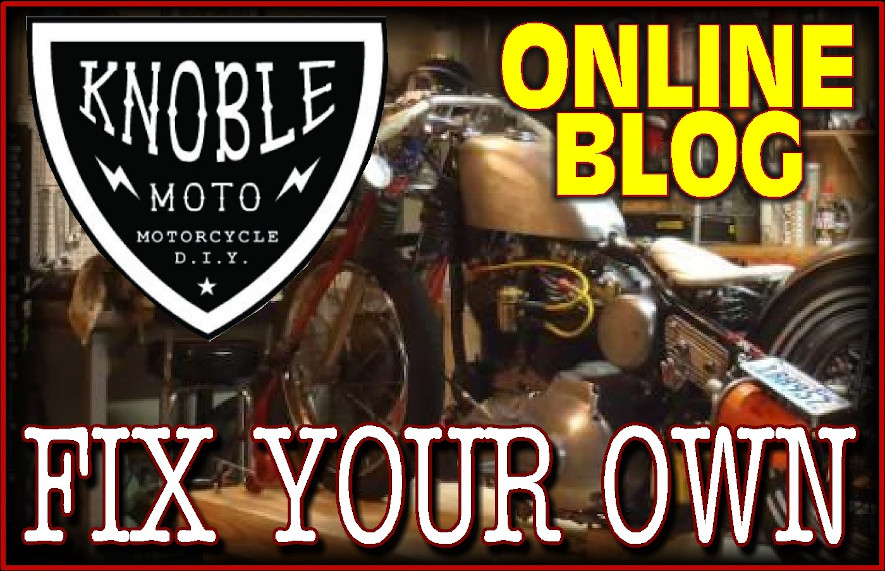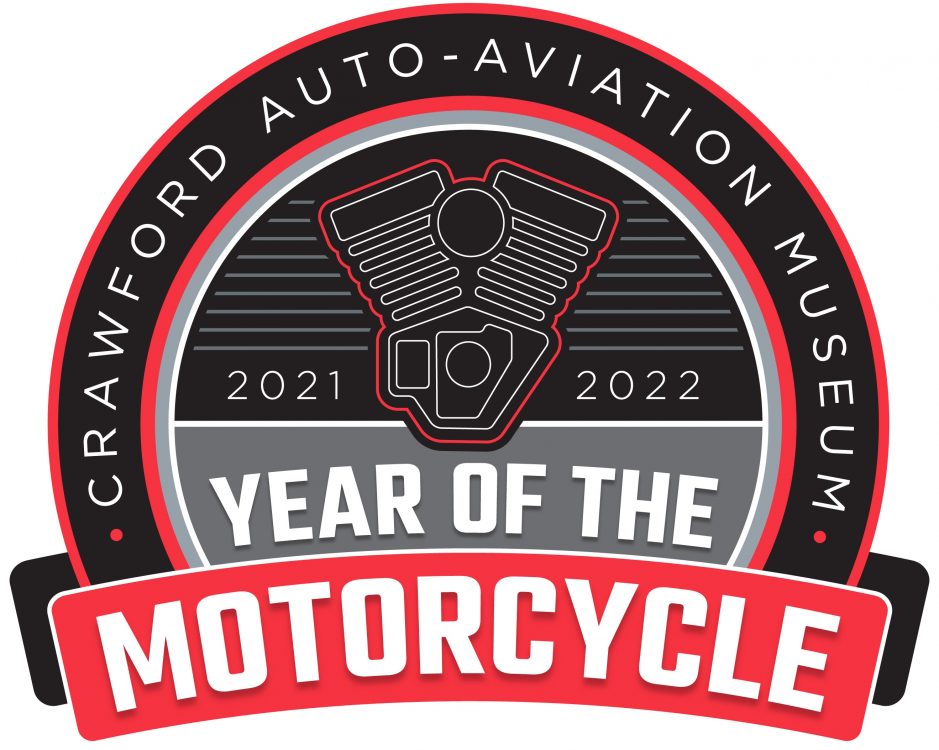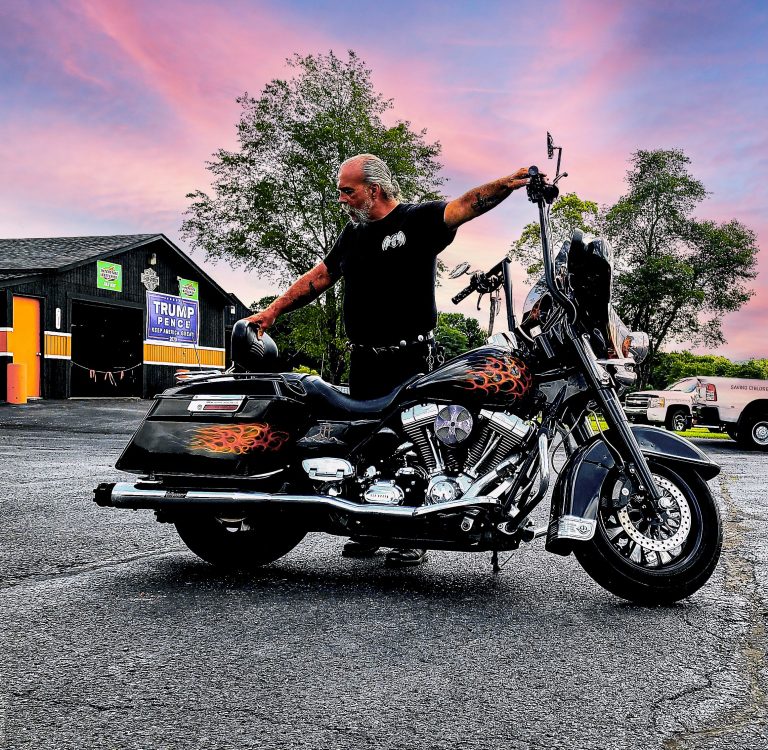Spring Inspection- Knoble Moto March

The weather is starting to change and riding season is right around the corner. Now that it is not terribly cold in your garage, now is an excellent time to give your bike a once over before the season starts. You don’t want to wait for the first great riding day to pull you bike out and find that it needs parts. Plus with the current covid situation, parts can take longer to be located and delivered than we are accustomed too.
- First point of attention should be the battery, so you will want to put your battery on a tender if you did not do that over the winter. This will help to top off any power that has bled away over the winter. In general it is an excellent practice to keep you bike on a battery tender when it goes long periods of time without being used. The cheap tenders at the local parts store work just fine.
- Next you want to check to make sure that no critters have taken up residence in your bike. I once had mice eat a hole in my air box and fill it full of bird seed over the course of the winter. Luckily the air filter stooped the seed from getting to the engine.
- You will also want to give your tires a good inspection. Check them over for dry rot, and give them a roll forward or backwards and check for flat spots. It is also a good time to check your tread depth, plus make a visual inspection of them to make sure you don’t have anything sticking in your tire. Lastly check your tire pressure and fill them up. This should be checked at least once a week, if not more often, because you only have two tires, so keep an eye on them. Remember manufactures recommend that you run 90% of your make pressure in your tires. If it’s 40 psi max, that means you should be running 36 psi.
- Next it is good to check each light for function and brightness, but also check that moisture has not gotten it’s way into the light itself. Now is also a great time to replace hazed over lenses or dull light bulbs.
- As your inspection continues, look at the friction material on your brake pads. Minimum thickness is approximately .040”. For reference; that measurement is slightly thinner than a dime. If your friction material is worn down into that realm, it is time to replace your pads.
- Inspect your cables for wear and corrosion. If they are still in good shape, squirt some lube down the cable and on the pivot points. Afterwards give all the fasteners a look over to see of anything is starting to back out.
- Once you have completed the initial inspection, check all of your fluids and start your bike up. You will want to make sure that you oil light goes out, and you have no odd sounds coming from your engine. Let it warm up for a few minutes and then shut it off. Check for leaks, new problems, or odd sounds.
- When you get a chance to take your bike for a ride and test the brakes. First test each brake individually for smooth operation and feel, then test them together. This is also a good time to practice some hard braking drills a few times on an empty road.
- Last but certainly not least, you should check over your riding gear. Make sure you helmet is not older than 5 years. Check your rain gear for tears, leaks, or mildew. And maybe after all of that you can find a match for all those random gloves in your saddlebags.
If you would like to learn more about keeping your bike on the road, consider taking a class from myself at Skidmark Garage in Cleveland Ohio. I offer classes in all aspects of motorcycle repair and maintenance. My website holds my class list and it is updated regularly. Www.knoblemoto.com


